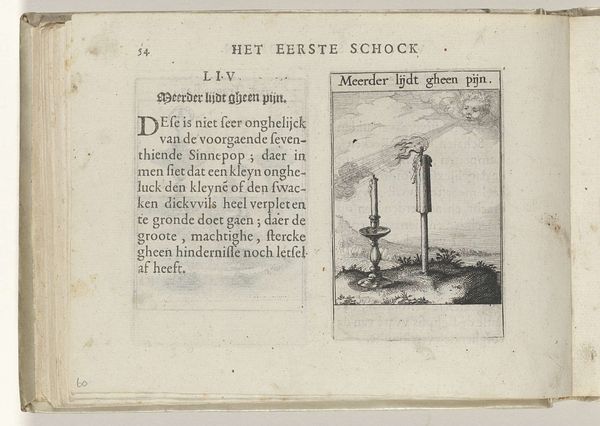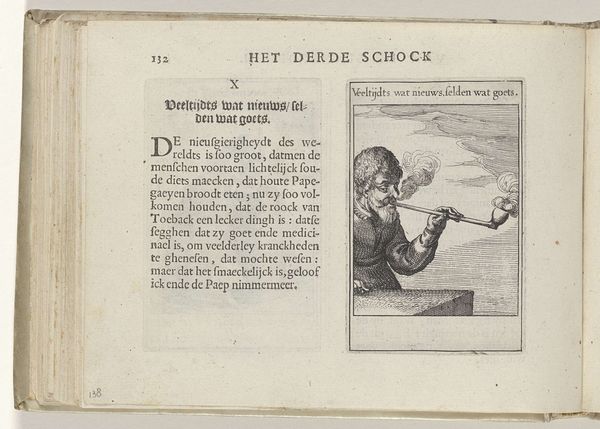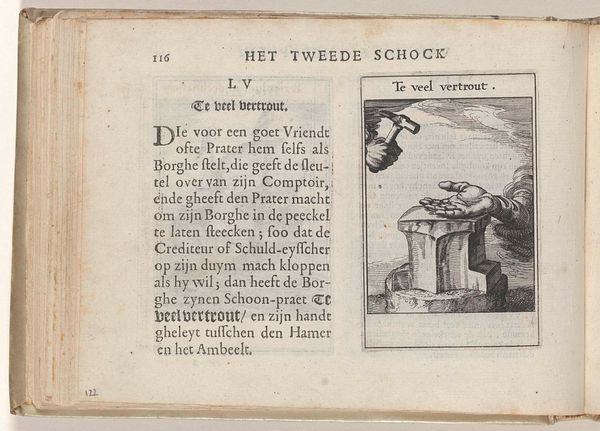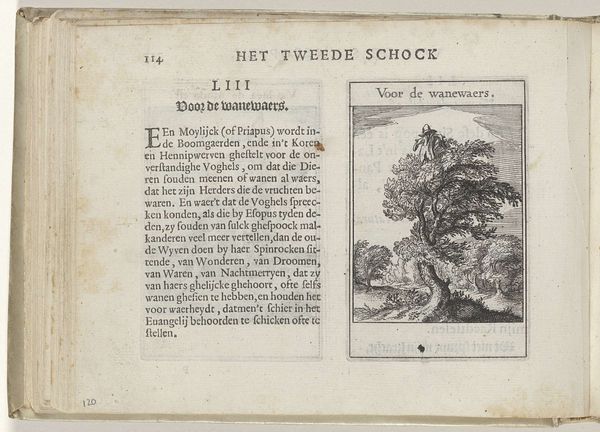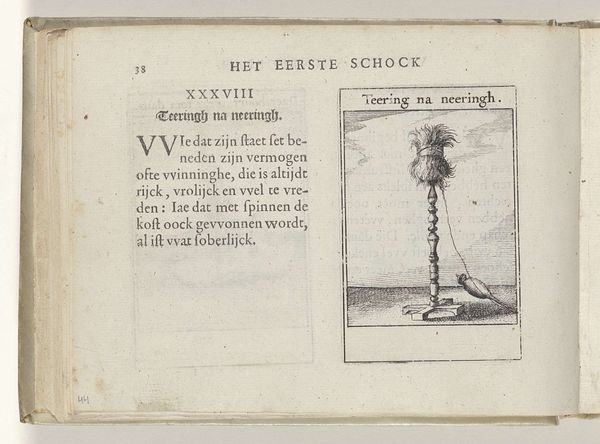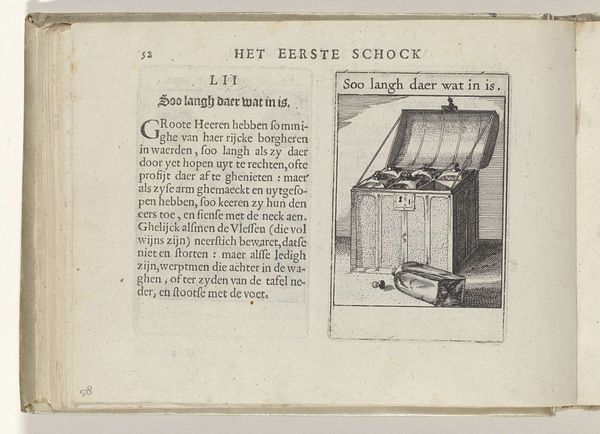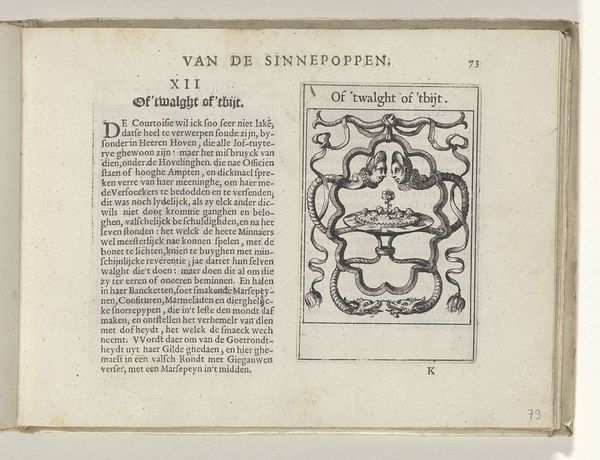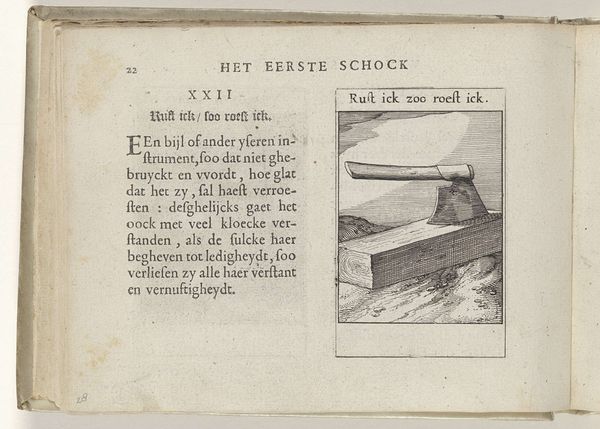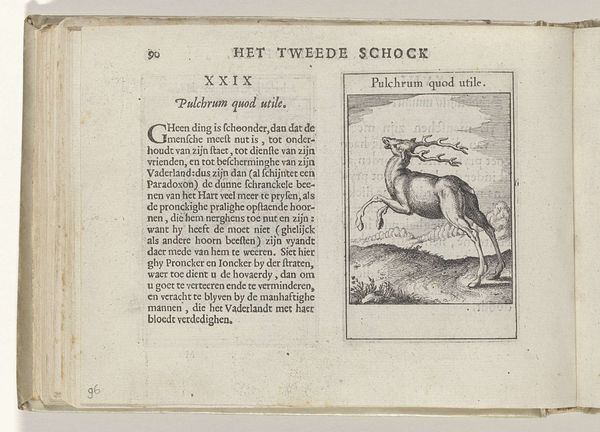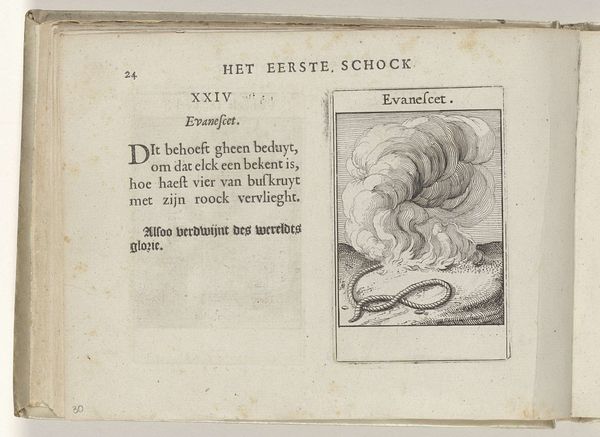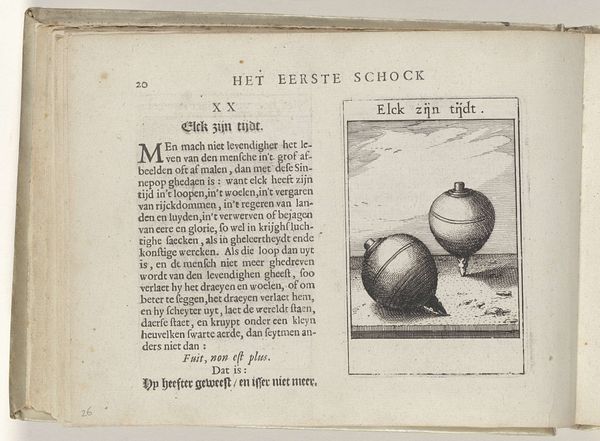
print, textile, engraving
#
medieval
#
dutch-golden-age
# print
#
textile
#
figuration
#
folk-art
#
engraving
Dimensions: height 137 mm, width 188 mm, height 95 mm, width 60 mm
Copyright: Rijks Museum: Open Domain
This engraving by Roemer Visscher, dating back to the late 16th or early 17th century, appears in a book titled “Emblemata.” The artwork is made through the process of engraving, where lines are incised into a metal plate, which is then inked and printed onto paper. What's fascinating here is the way this traditional technique is used to depict something quite mundane: a mousetrap. The hard, precise lines of the engraving lend a sense of order and control to the image, which is in stark contrast to the chaotic reality of dealing with pests. This mousetrap, constructed from simple materials like wood and metal, speaks to the practical concerns of daily life. The work involved in both creating the trap and the engraving reflects a society where labor and resourcefulness were highly valued. Visscher elevates this everyday object to the level of art, blurring the lines between craft and fine art.
Comments
No comments
Be the first to comment and join the conversation on the ultimate creative platform.
